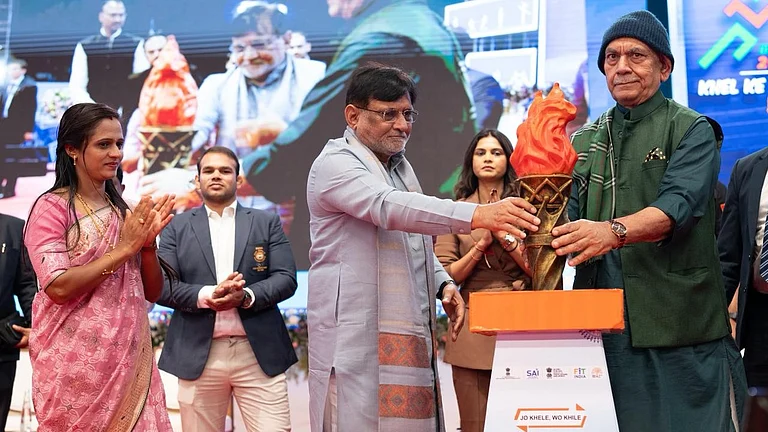As India’s automobile industry tries to limp back to life after the onslaught of the prolonged economic slowdown, Covid-19 and the ongoing chip shortage, there is another hurdle in its path. The support that the government offers to Electric Vehicles (EVs) differs massively from what it gives to hybrid Electric Vehicles (HEVs) and that has left the sector divided. While the Centre backs EVs, it treats HEVs at par with Internal Combustion Engine (ICE) vehicles. EVs are considered to be superior to ICE vehicles with respect to lower emissions, running cost, total cost of ownership and higher performance.
In terms of measures, the Indian government has shown clear support to EVs through Central and state EV policies There is a lower GST rate attached to EVs and subsidies are offered on purchase of EVs through the Faster Adoption and Manufacturing of Hybrid and EV (FAME) I and II schemes. Support is also being extended to the charging infrastructure, an integral part of building an EV ecosystem. Through procurement of electric cars and buses, by encouraging the industry through interactions, facilitations, reports and by offering production-linked incentives for manufacturing EVs and ACC batteries, the government is doing its bit to push the promotion and production of EVs in India.
While the future of EVs looks very promising, it will take some time for them to become mainstream. At present, it occupies less than 1 per cent of total vehicle sales in India as against the global figure of 2-3 per cent. According to Lux Research, the inflection point when EV sales will overtake ICE vehicle sales is likely to arrive between 2035 and 2040. This would also be dependent on how policy, technology and customer preference will play out but even going by the most optimistic assumptions, it is still a decade away.
Challenges
The development of a supply chain for electric vehicle parts and batteries and coming up with charging infrastructure and technology would be some of the challenges. The original equipment manufacturers’ (OEMs) capacities to build electric vehicles is another thing that needs to be looked at. Next comes the availability of green electricity—from solar and other renewable sources—and the development of a maintenance, servicing and recycling ecosystem. There are also concerns that come along with dealing with fast-evolving technology.
There is a lot of interest in the Indian automobile industry. Every major vehicle and vehicle parts’ manufacturer and even new entrants have plans and investments ready for EVs. However, in the first eight months of FY 2021-22, just under 10 per cent of FAME II scheme allocation was utilised.
When we talk about hybrid vehicles, they rely both on ICE and electricity. Typically, they provide better fuel efficiency and lower emissions as compared to their ICE counterparts but they are also more expensive to produce. Hybrid vehicles, which have been around for over 15 years, come in many shapes and forms—plug-in hybrids charge their batteries using electricity from the grid and use the engine as support as against self-charging hybrids that use engines to charge their batteries. While mild hybrids use their electric motors to support the engine, full hybrids can travel short distances on electric power alone.
Globally, manufacturers like Toyota, Hyundai, Honda, Kia, BMW, Ford, General Motors and so on have hybrid vehicles in their portfolio. In 2021, it is estimated that globally about 5.5 million hybrids will be sold of which 2 million will be plug in hybrids. The electric vehicle sales are estimated at 4.4 million. In India, the number hybrid vehicles sold in FY 2020-21 was just 564.
To analyse this anomaly, let's take a look at a car like the 2021 Toyota Camry. In the USA, the hybrid Camry sells for about $27,800 and is just 4 per cent costlier as compared to the petrol Camry. The hybrid Camry gives about 20 km/litre which is 44 per cent more efficient when compared to the 14 km/litre of the petrol version. The hybrid Camry gives out 125 g/km CO2 emissions as compared to 215 g/km CO2 of its petrol counterpart. This makes the hybrid version more popular in most US regional markets. In India, the hybrid Camry sells for Rs 41.2 lakhs while its nearest petrol competitor, the Hyundai Sonata, sells for Rs 21 lakhs. This kind of price premium is simply not viable. In India, the tax rate for hybrid vehicles is the same as for ICE vehicles and, as in the example, the hybrid ends up attracting Rs 1.7 lakh more tax as compared to its petrol counterpart.
Way Forward
In most countries where hybrid vehicles are popular, they enjoy a lower tax rate than their petrol/diesel counterparts. EVs are taxed even lower and are also supported through higher subsidies.
There are factors that should be considered while designing policy support for hybrid vehicles. They do reduce fuel consumption and emissions significantly over their ICE counterparts. While EVs may be the future, it will take some time and hybrids can provide the middle path. EVs and hybrid vehicles also have many technologies in common. The support given to Hybrids must factor in that EVs are likely to prevail over hybrid vehicles in the long run. Just tweaking of taxes in a way they do not disincentivize Hybrid vehicles may suffice. The types of hybrid vehicles also need to be technically defined while considering merit for policy support.
While the Indian government and the auto industry have rightly taken steps towards EVs, the case for revisiting taxation for hybrid vehicles merits analysis and debate.
(The author is the Managing Director of Primus Partners)
























